Growing Native Plants 101
Oct 14, 2021
Growing Native Plants
Are you thinking about growing native plants?
Growing native flowers is a great way to make your yard more beautiful.
These flowers will attract native birds, butterflies, bees, and other insects that are beneficial to your yard. The flowers will also require less water and may even contribute to your pollinator-friendly garden.
Flowering native plants provide wildlife habitat while adding color and beauty to your yard and preserving green spaces. Native flowers are easy to grow and maintain while requiring significantly less water than traditional landscape flowers such as roses, petunias, tulips, etc.
Why Growing Native Plants is the Best Option?
As mentioned, growing native plants is a great way to contribute to pollinator-friendly gardens. These gardens are essential for the environment because they provide floral resources that pollinators need to survive and nectar and pollen sources that cater to their nutritional needs.
Native flowers provide a habitat for many different bees, butterflies, moths, wasps, beetles, flies, etc. In turn, these pollinators contribute to our food supply through their role in cross-pollination.
One of the other benefits of growing native plants is the fact that they are low maintenance. They typically don't need fertilizer or pesticides; they can even act as natural pest deterrents!
What is Involved with Growing Native Plants?
Learning about pollinators and what types of flowers, trees, shrubs, and grasses they like best is a great place to start when you want to grow native plants.
Knowing the specific regions where your state has the most flowering plants will help you determine what grows best in your garden.
When growing native plants, there are four primary considerations: sunlight exposure, soil pH level (acidity), soil type (sand vs. clay), and water requirements. These parameters vary from plant to plant, and you want to be sure that you know what they are before starting.
Your Growing Environment
Several factors go into growing native plants.
Here are some of the factors you should consider before choosing the types of plants you want to grow.
Sunlight Exposure
The amount of sunlight your plants receive will determine whether or not certain types can grow in your region. For example, most of your native perennials need lots of shade each day to survive (if less than four hours, typically, they won't bloom much, if at all).
Soil pH Level
The ideal level for most native plants is between 6.0-7.5; however, some exceptions, such as wild azalea (Rhododendron), need a slightly more acidic soil level at 5.0-6.0 to grow appropriately.
Additionally, certain plants do well in either a loamy or sandy type of soil instead of clay soils. Generally, native flowers prefer acidic conditions because their roots have adapted to lower soil pH levels over time.
Water Requirements
Typically, native plants require a well-drained area, and many do well in moist soil conditions but can also tolerate dryer soils. Additionally, learning how much water your plants need will also help you determine whether or not certain types could grow in your garden. Our native ferns are great for adapting to near any moisture conditions.
Keep these four considerations in mind as you proceed with your project to grow native plants. The more you know about plants and their specific environmental requirements, the better your understanding of how to accommodate them in your garden!
Some Great Native Plants to Grow
Here is a list of some of the top native plants to grow:
1. Lady Fern
2. Sour Wood
5. Black Cohosh
6. Trout Lily
7. Ostrich Fern
9. Foam Flower
10. Christmas Fern
How To Add Native Plants To Your Garden
Once you've made your selection and know what types of plants you would like to grow, it's time to add them to your garden. Here is a step-by-step guide:
Step 1: Plan out the location in which you would like your native plants. Typically, they grow best in natural areas or along the edges of your garden. They mustn't be planted in areas that will be mowed or used for regular foot traffic.
Step 2: Preparing the area where you want to grow native plants can help increase their chances of survival.
Tilling or smoothing out the soil, cutting any grasses in the area, and removing any weeds or rocks that could cause problems for your newly planted flowers should be done before adding native plants to your garden. Additionally, it is a good idea to add some fertilizer and compost at this time.
Step 3: Add the recommended amount of mulch around the stems of your new plants. This will help keep invasive weeds away from them and provide protection from possible weed competition.
Step 4: Be sure to water your new native plants regularly after you've added them to your garden! Watering once a week is typically enough, but you'll want to adjust according to how much rain falls where you live or if other factors might affect how much water your plants need.
Step 5: Enjoy the benefits of having native plants in your garden and keep them well-watered throughout their growing season!
Conclusion
Choosing to plant native flowers is a great way to combat invasive species running rampant across our planet. They can also improve local ecosystems, provide you with beautiful blooms all summer long, and lead to reduced pesticide use!
Several factors go into growing native flowers, but by knowing what types of plants grow in your area, you'll be able to produce some genuinely magnificent plants that will help conserve natural lands and bring beauty right outside your doorstep.
Having native plants growing in your garden will also provide excellent habitat for different types of pollinators to visit. As a result, you might find more butterflies and bees around your home, which benefits the entire ecosystem.
By considering certain environmental factors when deciding upon plants, you can significantly increase your chances of success when growing native plants in your garden!
To check out our full selection of native plants today, Click Here.

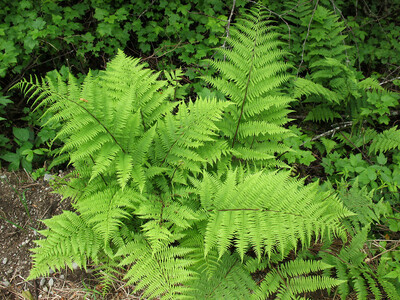 Native Ferns
Native Ferns
 Native Mosses
Native Mosses
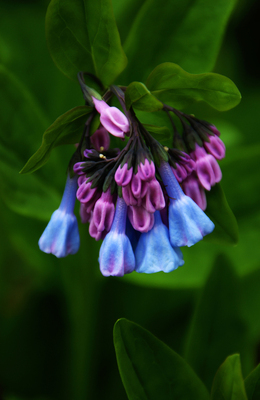 Native Perennials
Native Perennials
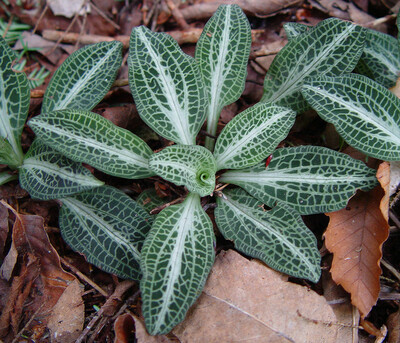 Native Ground Covers
Native Ground Covers
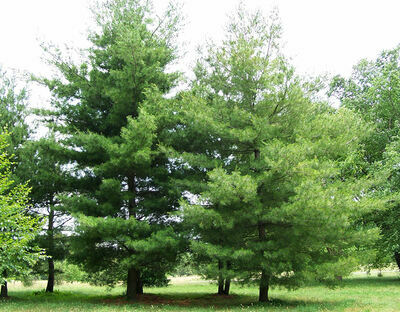 Native Trees
Native Trees
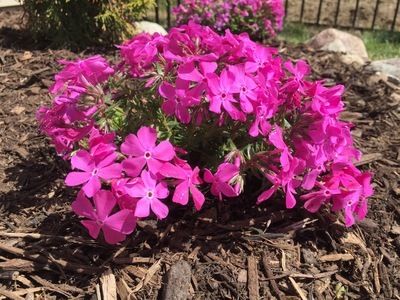 Shop By Zone
Shop By Zone
 Flowering Groundcovers
Flowering Groundcovers
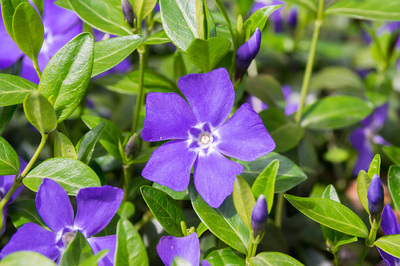 Evergreen Groundcovers
Evergreen Groundcovers
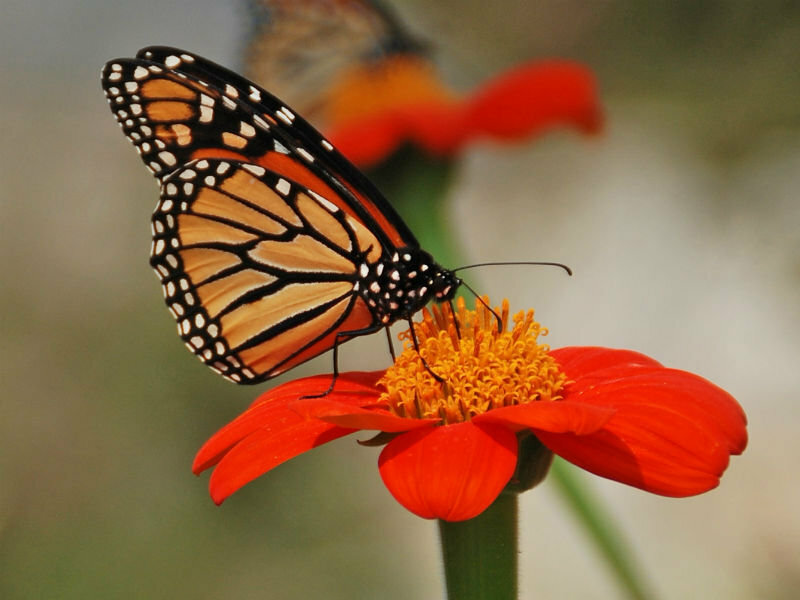 Pollinators
Pollinators
 Shop Bloom Color
Shop Bloom Color
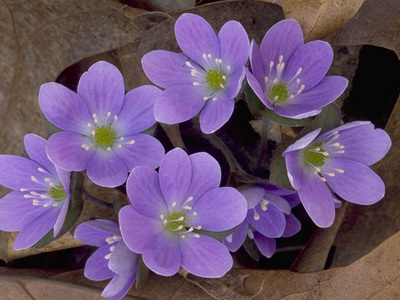 Perennials By Zone
Perennials By Zone
 Medicinal Herb Plants
Medicinal Herb Plants
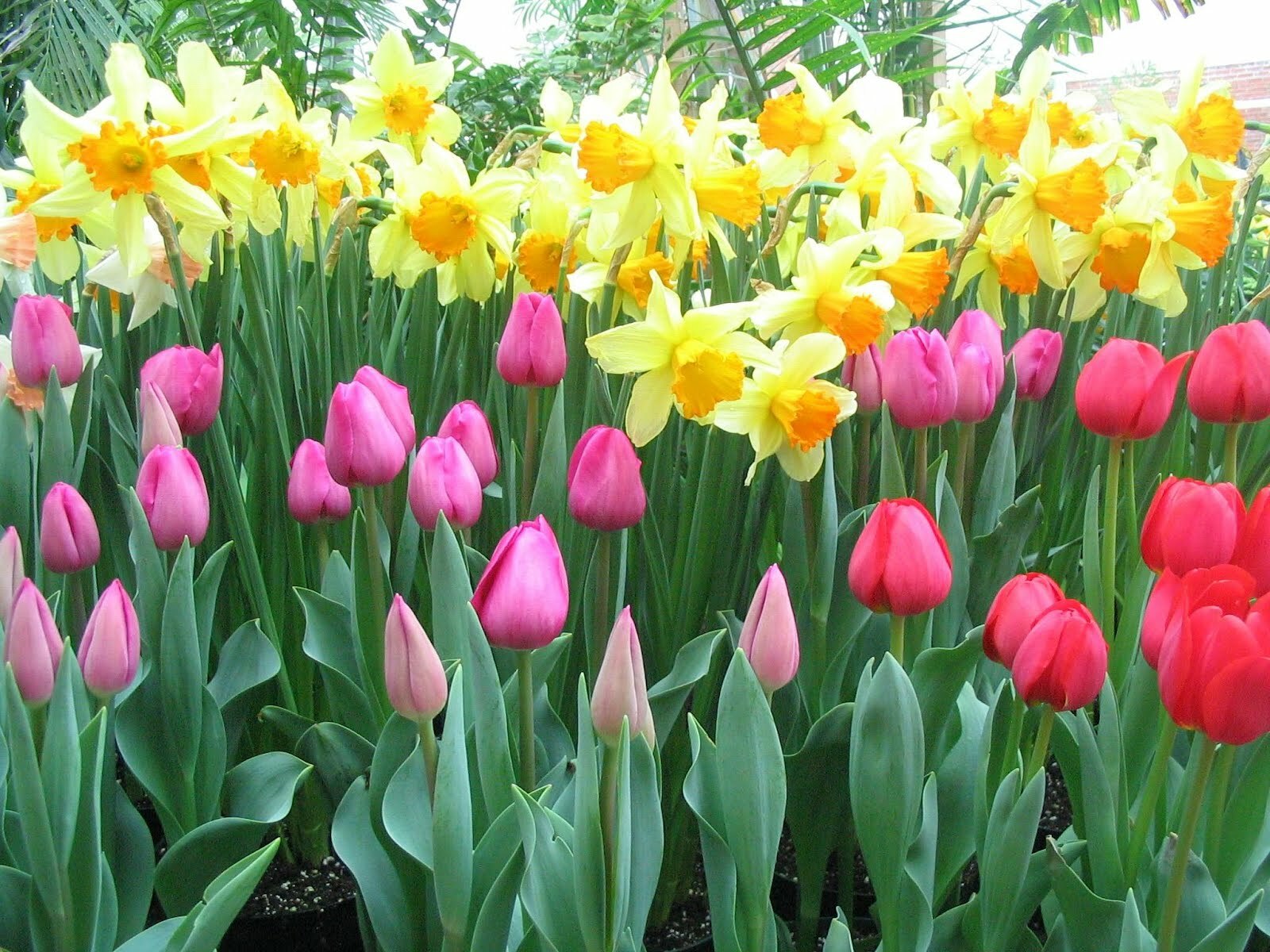 Spring Bulbs
Spring Bulbs
 Trillium
Trillium
 Ferns for Zone 3
Ferns for Zone 3
 Ferns for Zone 4
Ferns for Zone 4
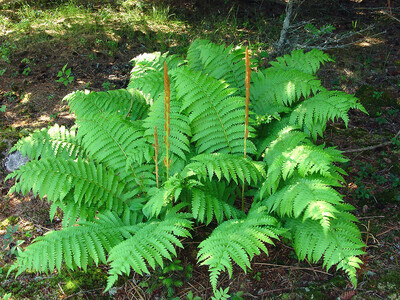 Ferns for Zone 5
Ferns for Zone 5
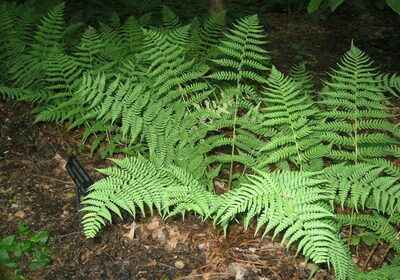 Ferns for Zone 6
Ferns for Zone 6
 Ferns for Zone 7
Ferns for Zone 7
 Ferns for Zone 8
Ferns for Zone 8
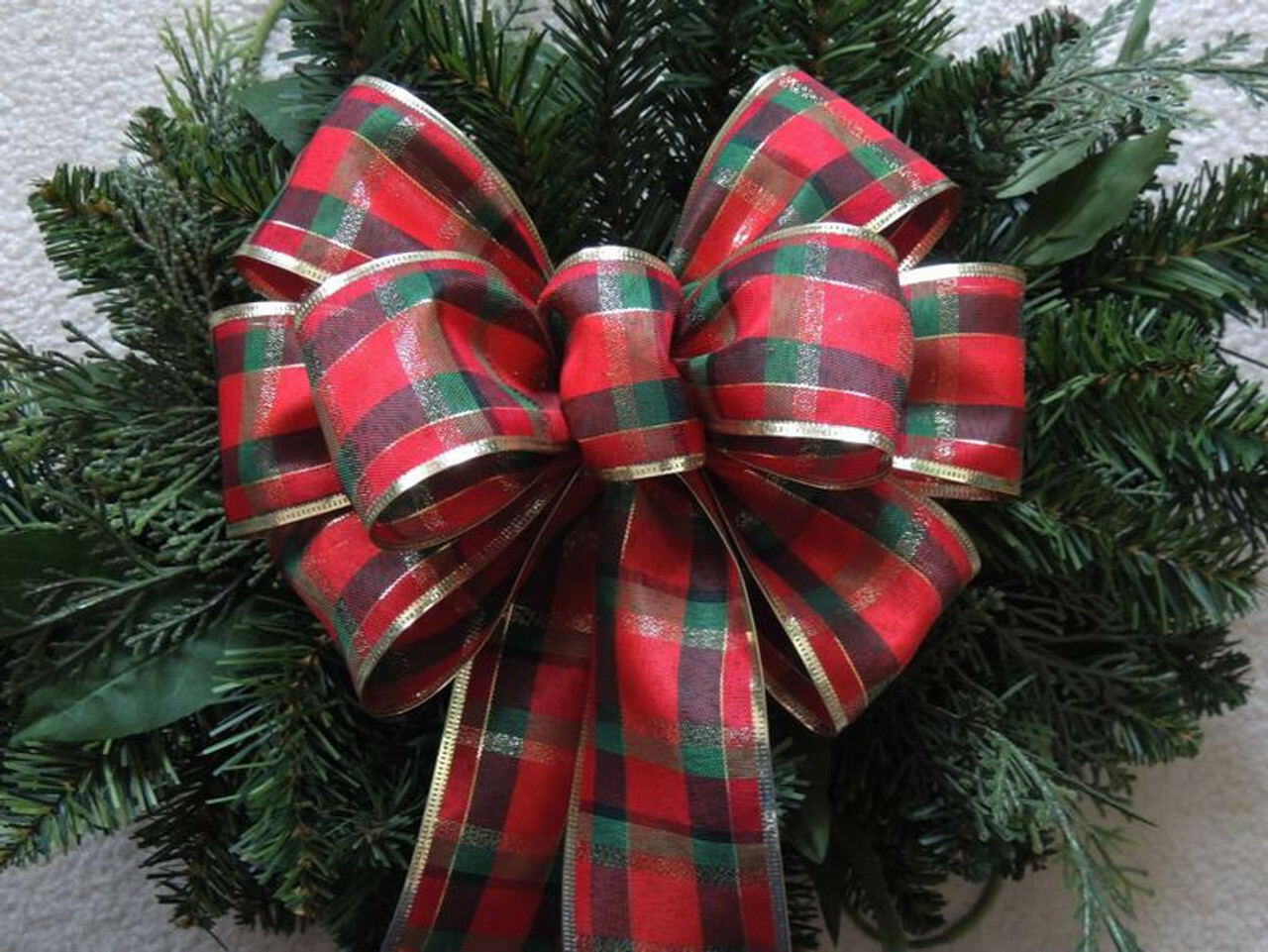 Christmas bows
Christmas bows
 Fresh Wreaths
Fresh Wreaths
 Garlands
Garlands
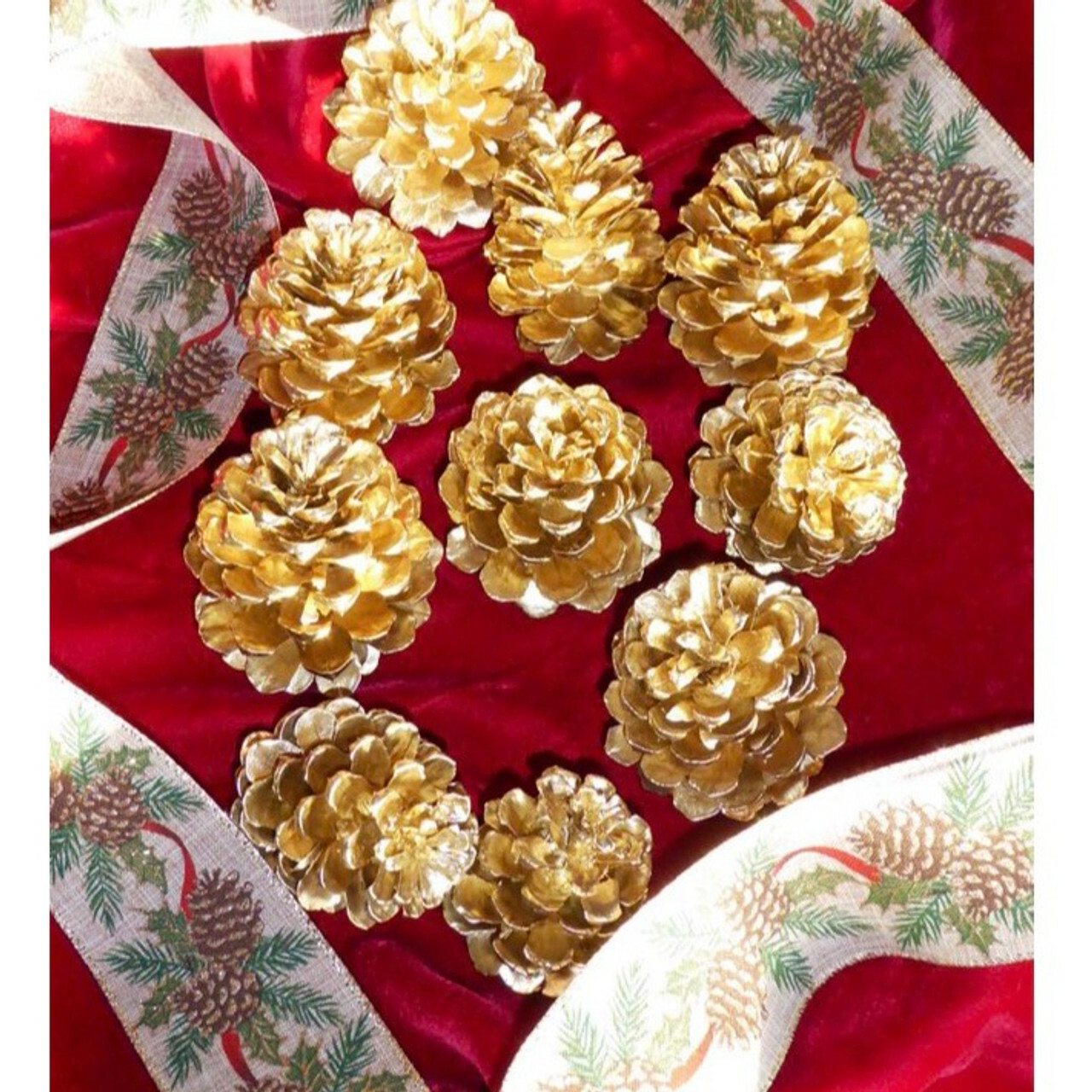 Large Pine Cones
Large Pine Cones
 Live Mistletoe
Live Mistletoe
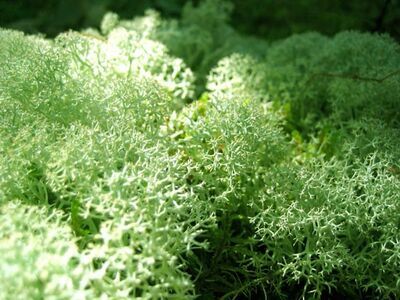 Moss
Moss
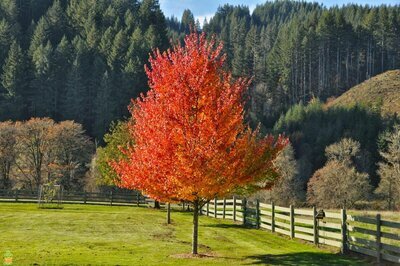 Shop Trees By Zone
Shop Trees By Zone
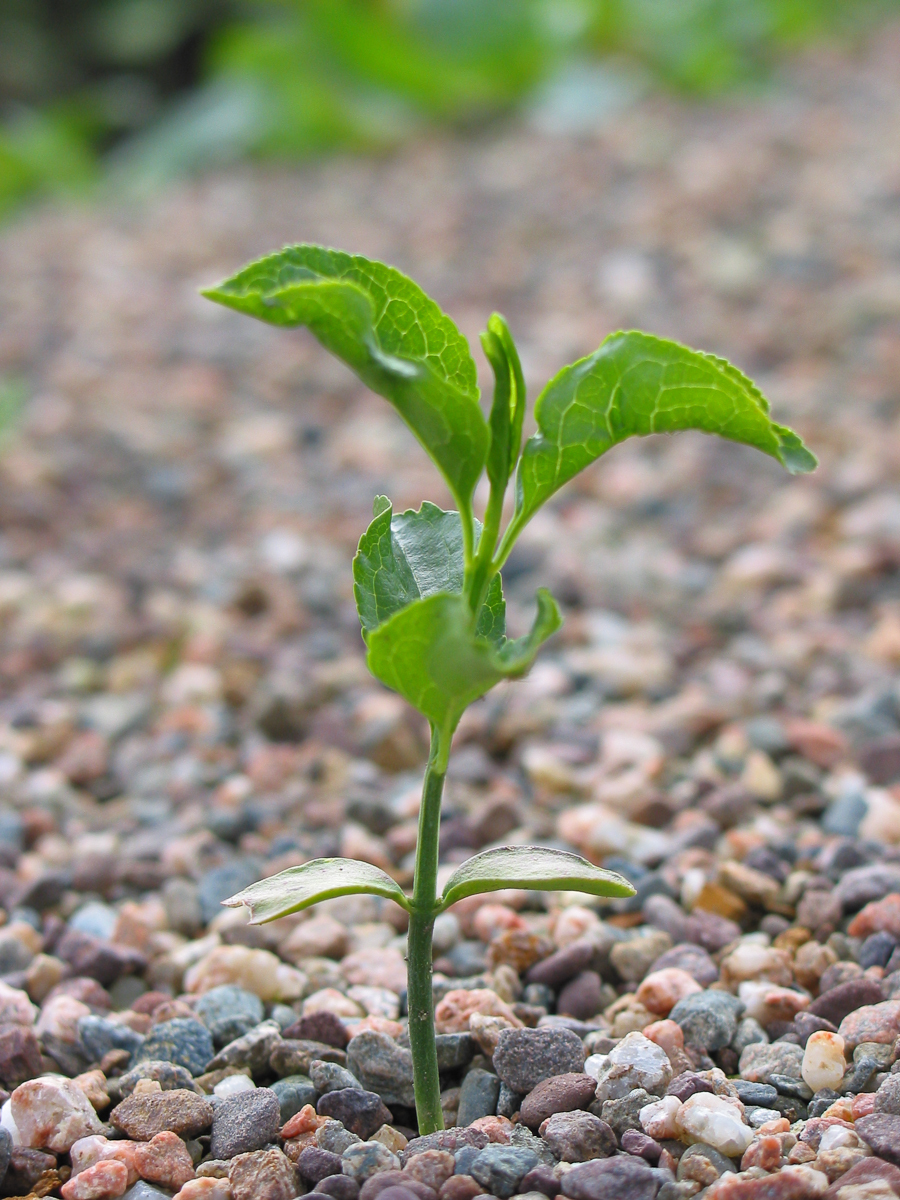 Tree Seedlings
Tree Seedlings
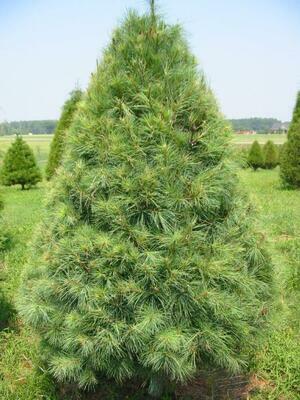 Fast Growing Trees
Fast Growing Trees
 Pine Trees
Pine Trees
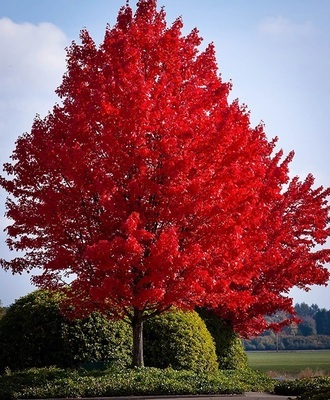 Live Stakes
Live Stakes
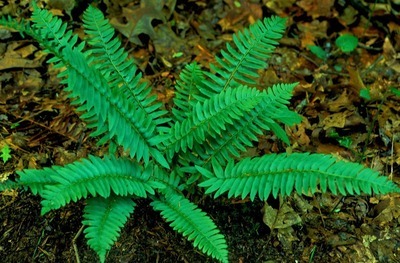 Evergreens
Evergreens
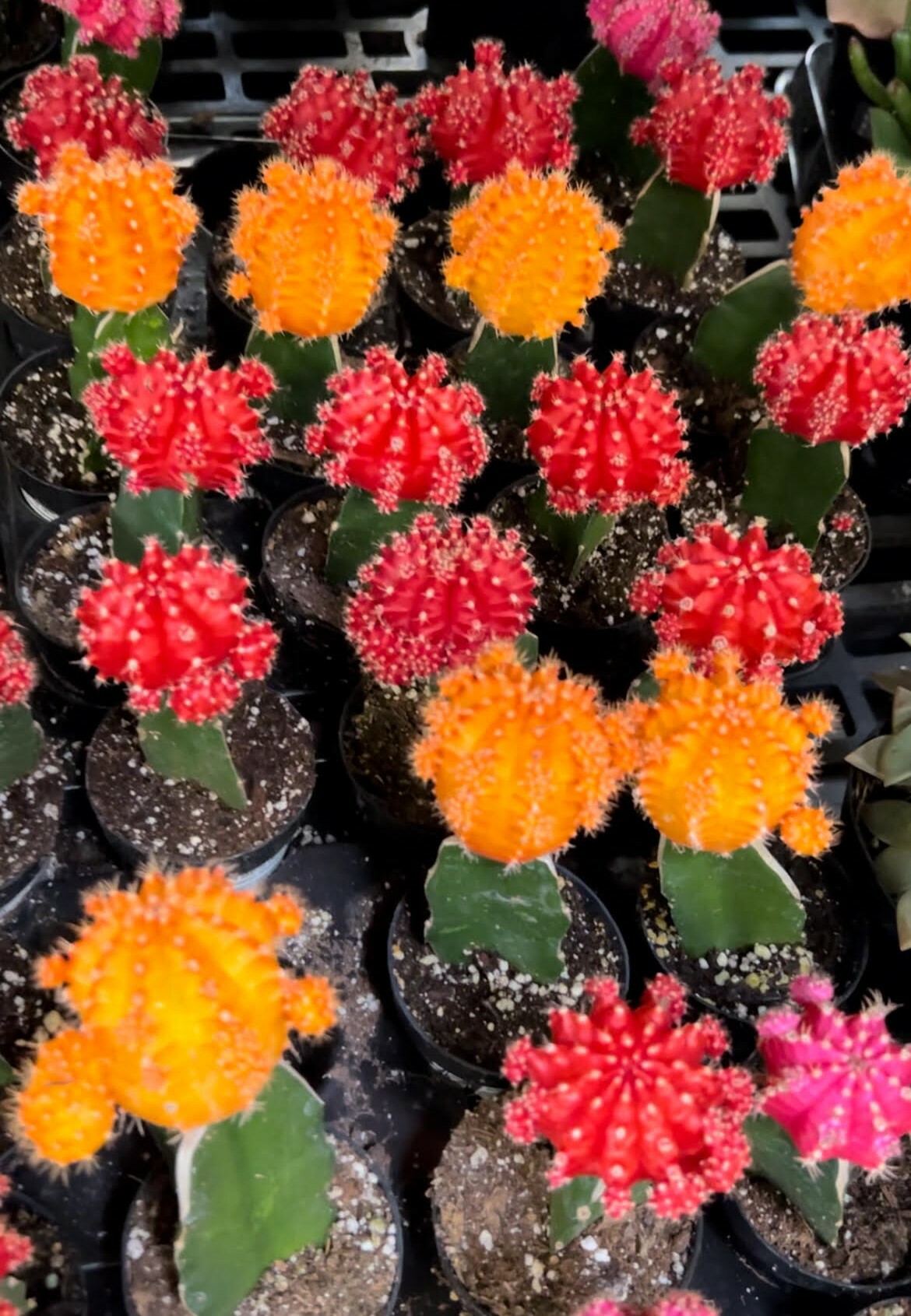 Cactus
Cactus
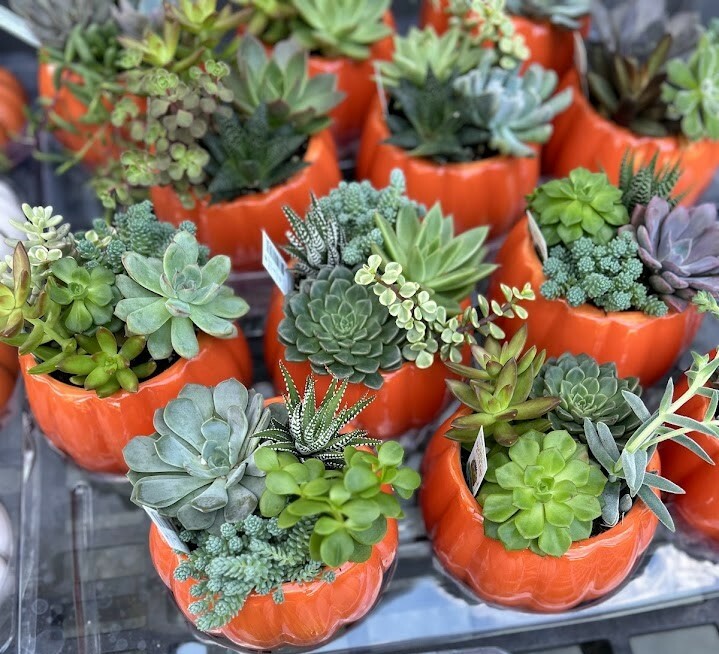 Combos
Combos
 Echeveria
Echeveria
 Haworthia
Haworthia
 Sedum - Stonecrop
Sedum - Stonecrop
